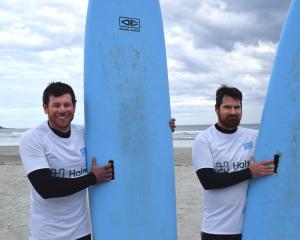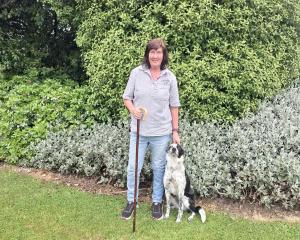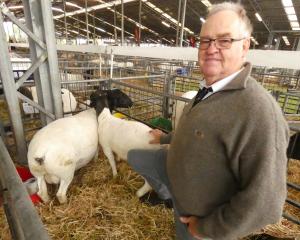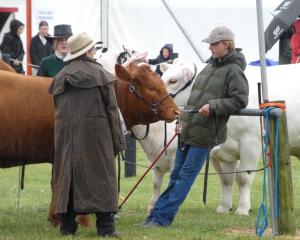
The Hedgehope Makarewa Catchment Group’s project, Understanding Our Land to Drive Change, used state-of-the-art technology to map the landscape and its interaction with water quality and greenhouse gas emissions (GHG).
A field day to show two case study farms — Claymore Dairies and Roslyn Downs — will be held between 10.30am and 1pm in Te Tipua on Friday.
The project, funded by Thriving Southland, involved working with Invercargill-based Land and Water Science, which used airborne radiometric data to improve and refine soil maps, and data from a drone survey to create high-resolution hydrological layers for people to access.
The project work also involved "ground-truthing" to validate the accuracy of the radiometric data.
Hedgehope farmer Simon Topham said it was about getting information to farmers, growers and landowners, aiding them in making future environmental decisions, with good science they understood.
"As landowners in the catchment we know how hard it can be to prioritise where you put your environmental investment, balancing all the needs of your animals, your land, your waterways, greenhouse gases, water quality and the business."
The maps often aligned with what people thought, but being able to confirm it with good science and data was invaluable, he said.
Land and Water Science founder and director Clint Rissmann said the data gave insights into landscape frailties.
The mapping showed the catchment had highly variable landscapes, meaning a one-size solution for water quality and greenhouse gas mitigations would not fit all, he said.
"You can have exactly the same farms, side by side, and due to the different ways Mother Nature configures herself, get completely different water quality and soil GHG outcomes."
Using the new data, people could develop practical, property-specific solutions to meet their environmental goals and future regulatory changes, he said.
A great example was wetlands, which were potentially very useful within a farm system due to the combination of carbon sequestration, along with improving water quality outcomes, and biodiversity benefits, he said.
The catchment was divided into seven sub-catchments and four case study farms were chosen to give insights on their landscape susceptibility and resilience. Photogrammetry data from drone surveys was used for these properties.
The farms were a cross reference of the land-use and elevation/location within the catchment, Dr Rissmann said.
Thriving Southland catchment co-ordinator Sarah Thorne said it had been three years of hard work by the catchment group.
"They have created something really special. They wanted it to be free, easy to use, and really useful for any property in their catchment. Looking after their catchment and its community is super important to them," she said.
Find the online maps at: https://bit.ly/HMCGstorymap














